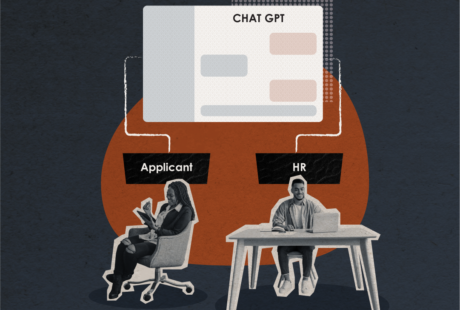Related:
How Great HR Will Save You Money
There’s a lot that can go wrong, or not quite right, in recruitment. The simplest way to ensure the best possible outcome—from intake call to onboarding—is to develop a thorough, measurable strategy to guide your best practices. This is where Human Resources comes in.
Pairing recruitment teams with internal HR departments is one of the most effective ways to run a successful recruitment process. Recruiters are experts in their field and the right internal company support and data is instrumental for the recruiter to find and retain a truly perfect match. This makes perfect sense; no one knows a company, or its needs, better than internal HR.
Luckily, the strategies best suited to optimizing the recruitment process through a relationship with HR are simple. Get started with thoughtful approaches to data gathering and use, metrics and key performance indicators, and a strong job description.
Workforce Planning, Human Resources, and Recruitment
The first step to optimizing the work of a recruitment-HR pairing is a conceptual adjustment. Recruitment doesn’t begin when the first phone call to a recruiter is placed; rather, it must begin months in advance with the work of an internal HR rep.
A recruitment campaign should start with organizational and workforce planning led by leadership in tandem with the HR department. Generally, this work begins three to six months in advance of peak season.
The purpose of this work is to identify skills gaps in the current workforce and to survey existing talent for internal job progression. This stage of recruitment must weigh the value of training current employees to meet the needs of the company versus looking elsewhere for new talent. Both strategies have their place but both must also fit strategically with broader organizational planning to make the most of the recruitment process.
HR is the group to lead this work with support from management. It’s during this period that gaps are identified and job descriptions, along with key performance metrics, are developed to inform both the job search and the onboarding process. With an internal plan created, a recruiter can be brought onboard.
Human Resources Milestones in Recruitment
We should also reconceptualize where the recruitment process actually ends. It begins three to six months before a peak business season or at least a month before interviews are intended to start. It doesn’t end until your hire has been fully onboarded, which may be six months or even a year later.
Only then can you consider to have successfully recruited a strong candidate to the benefit of your company.
As such, there are a series of milestones that we can use to conceptualize the entire process. The first milestone is workforce planning, including creating the job description. The second milestone could be considered the interview process, where HR works closely with recruiters to provide tailored feedback and collaborative interviews. The third milestone is the hire. The fourth is the three month probationary period and formal review process, wherein the company or the employee may decide to continue or end the employment relationship. The fifth and final milestone is the end of the onboarding process.
The Importance of Data in Recruitment
The role of HR in the recruitment team process is, in large part, dedicated to supplying useful data for recruiters. Soliciting and interpreting this data is intricate work, requiring HR to learn from, and critically engage with, candidate responses in interviews. HR must craft the perfect questions, metrics, and rating systems to underscore the recruitment process and sift through candidates to identify good matches.
The resulting data allows for the meaningful comparison and measurement of various candidates against one another and against the job description.
This data—created through the development of specific metrics focused on topics like education, skills, and fit—allow HR to provide detailed and actionable feedback to recruiters after each interview. Without gathering and relaying useful data to recruiters, the feedback may be vague or abstract. Using the job description as a framework against which candidate responses and CVs are measured, HR is able to provide specific feedback that can help guide the course of recruitment.
Such data also creates a shared language between HR and recruitment team members. Data and their frameworks create a matrix that can be referenced by any member of the recruitment process to ensure efficient and clear communication.
Never Underestimate a Good Job Description
In recruitment, a job description is like your bible. The job description is not only the first point of contact used by many candidates to self-select into applying; it’s also used as the undergirding structure of the entire recruitment process. It has to be great and it has to be accurate.
When workforce planning identifies a skills gap, HR will draft a job description designed to fill that gap using very targeted competency requirements. If these requirements don’t match the real needs of the role, no hire could be truly successful.
In addition to providing the framework to compare and rank candidates, the job description is also the document which will be used to evaluate the candidate’s competencies and learning progress in the role throughout the course of onboarding.
Needless to say, it is absolutely essential to have a specific, accurate job description.
These practices, frameworks, and metrics accumulate benefit over time. Once HR has done the hard work of developing these tools, working with recruiters will only become more efficient as the HR-Recruiter team can learn from previous campaigns, find better ways to target ideal candidates, and refine the tactics used in the hiring process.
It’s a lot of work, but it pays dividends. Without setting recruiters up for success using high quality data, planning, and feedback, the recruitment process can be a real struggle. Recruiters are experts at what they do; but Human Resources input is critical for an optimum outcome.




